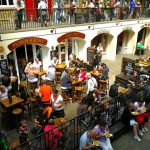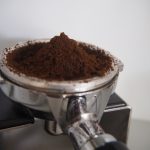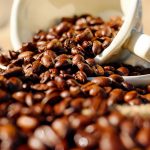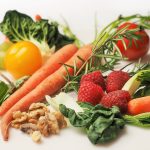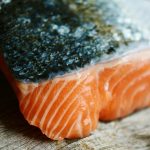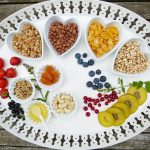Embarking on the quest for the perfect cup of coffee is both an art and a science, a pursuit that has captivated enthusiasts and professionals alike for centuries. The pivotal question at the heart of this journey often boils down to a seemingly simple yet intricate detail: How many tablespoons of coffee per cup? This inquiry, fundamental in its nature, holds the key to unlocking the full potential of your coffee experience. Our article, aptly titled “How Many Tablespoons of Coffee Per Cup,” is crafted by connoisseurs with years of expertise, offering you a deep dive into the nuanced world of coffee brewing. Here, we not only explore the ideal measurements that promise to elevate your morning ritual but also delve into the variables that influence coffee strength and flavor, such as grind size, water quality, and brewing time. With a blend of scientific precision and culinary artistry, we aim to guide you through the process of achieving that impeccable balance, ensuring each cup is a testament to your refined taste. Whether you’re a seasoned aficionado or a curious newcomer, this comprehensive guide promises to enhance your appreciation for coffee, inviting you to experiment and explore. Join us on this flavorful journey, and let’s discover together the secret to making your perfect cup of coffee.
The perfect cup of coffee is a delicate balance of art and science. While there are many factors that influence the taste and quality of a brew, one of the most important is using the right coffee-to-water ratio. This ensures you extract the optimal amount of flavor from the grounds.
Overview of the importance of measuring the right amount of coffee for the perfect cup
Measuring the right amount of coffee is crucial for brewing a great cup. The standard coffee to water ratio is 1:15 – 1:17, meaning 1 gram of coffee for every 15-17 grams of water. This ratio affects the flavor and concentration of coffee extracts that end up in your cup.
Using too little coffee can result in a weak, watery brew, while too much can make it bitter and overpowering. Precisely measuring your coffee grounds ensures you extract the optimal amount of flavor for a balanced cup.
Understanding Coffee Measurements
When it comes to measuring coffee, there are two key aspects to understand:
Standard coffee to water ratio for brewing
The standard coffee to brewing ratio is:
To determine how many tablespoons of coffee to use per cup, you can follow these general guidelines:
– For a standard 8-ounce cup of coffee, you will want to use 1 ½ to 2 tablespoons of coffee grounds.
– If you prefer a stronger cup, you can use 2 tablespoons of ground coffee for every 6 ounces of water.
– A standard coffee scoop holds about 2 tablespoons of coffee, so one scoop per cup is ideal for a strong brew.
– Remember, the ideal ratio of coffee to water is typically 1:18 or 1 gram of coffee per 18 milliliters of water.
These guidelines can help you achieve the desired strength and flavor in your coffee based on your personal preference.
This ratio can be adjusted based on personal taste and the brewing method. However, it provides a good starting point for beginners.
Definition of a “cup” in coffee brewing versus standard measurements
A “cup” of coffee does not mean a literal 8 oz cup we drink from. In coffee terms, a cup refers to:
- 5 oz of brewed coffee
- 30 ml liquid coffee volume
- Approximately 3 tablespoons of ground coffee
So a “2 cup” drip coffee maker uses around 6 tablespoons of ground coffee, not 16 oz by volume. Understanding this difference in terminology is key for accurate coffee measurements.
The Importance of Coffee Bean Selection
The variety and origin of the coffee beans used has a big impact on the flavor of the final brew. Here are two key considerations when selecting beans:
Influence of bean origin and quality on flavor
Where the beans were grown affects their taste due to factors like soil, altitude, and processing methods. Higher quality beans lead to a smoother, more balanced coffee. Light roasts allow you to taste the origin characteristics better.
Differences between Arabica and Robusta beans
The two main species used for coffee are Arabica and Robusta. Arabica beans have a sweeter, more complex flavor, while Robusta has a harsher, earthier taste. Arabica is considered higher quality. Robusta has more caffeine. Blends combine both.
Choosing the Right Roast
The degree to which coffee beans are roasted significantly impacts their flavor profile. Here is an overview:
Impact of light, medium and dark roasts on the coffee’s flavor profile
- Light roast: Maintains the bright, fruity notes of the bean. High acidity.
- Medium roast: Balance of acidity and body. Mild, approachable flavor.
- Dark roast: Deep, bittersweet flavor. Lower acidity with a burnt edge.
Best roast types for different brewing methods
- Auto-drip, pour over: Light to medium roast to highlight fruity notes.
- French press: Medium to dark roast. Boldness stands up to steeped flavor.
- Espresso: Darker roasts recommended for rich crema and body.
Grind Size and Its Impact
The grind size you choose will depend on your desired flavor and brewing equipment:
Recommended grind sizes for various brewing methods
- Auto-drip machine: Medium grind, similar to granulated sugar.
- Pour over: Medium-fine, between granulated sugar and table salt.
- French press: Coarse, chunky grind.
- Espresso: Very fine powder, similar to flour.
How grind size affects taste and strength
- Finer grind = faster extraction = stronger, bolder coffee
- Coarser grind = slower extraction = milder, weaker coffee
Adjust grind size to control the flavor strength. Use a burr grinder for uniform grinds.
Optimal Water Quality and Temperature
Water makes up the bulk of a cup of coffee, so its purity and temperature are vital:
The role of water purity in brewing
Pure, clean-tasting water allows the full flavor of the coffee to shine. Hard water can impart off tastes. Filtration helps improve taste.
Ideal water temperatures for different brewing techniques
- Auto-drip machine: 195-205°F (90-96°C)
- French press: 195-200°F (90-93°C)
- Pour over: 200-205°F (93-96°C)
- Espresso: 195-205°F (90-96°C)
Heat water to the proper temperature for optimal extraction.
Measuring Coffee: Tablespoons versus Scales
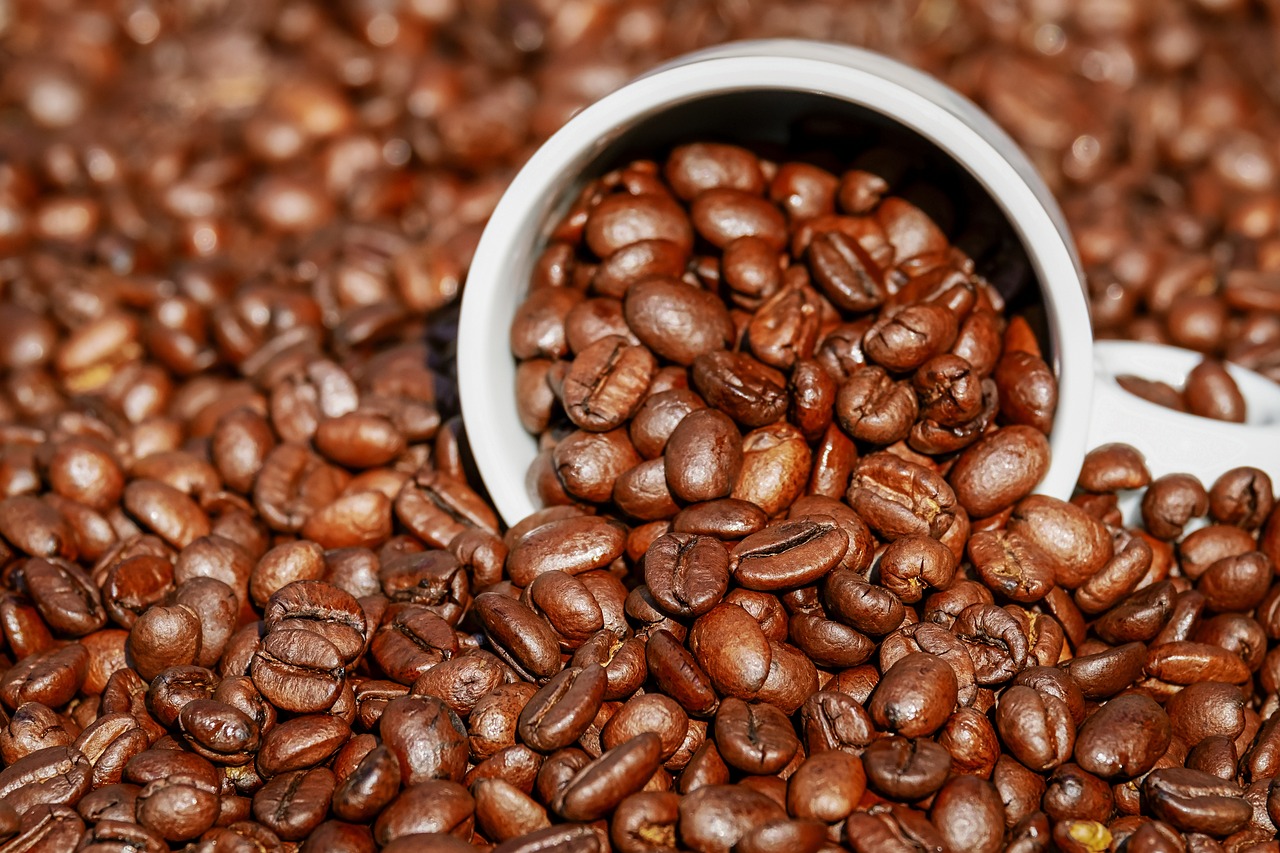
There are two main ways to measure coffee grounds:
Pros and cons of using tablespoons vs precision scales for measuring coffee
Tablespoons: Convenient and accessible, but less precise. Spoon sizes can vary. Easy to miscalculate ratios.
Scales: Weighing coffee allows complete precision. Ensures accuracy of coffee to water ratios.
How to measure coffee accurately using tablespoons
If using tablespoons, make sure to level off the scoops consistently and learn your scoop size. Weigh out scoops periodically to check accuracy and maintain ratios.
Brewing Time and Its Importance
Brewing coffee for the optimal duration enables proper extraction and flavor development:
Recommended brewing times for various methods to achieve the best extraction
- Auto-drip machines: 5-6 minutes
- Pour over: 3-4 minutes
- French press: 3-4 minutes of steeping
- Espresso: 25-30 seconds
Follow brewer instructions and adjust time based on taste. Stop brewing immediately once complete to prevent over extraction.
Types of Filters and Their Effects
The filter material used during brewing can affect the coffee’s flavor:
Comparison of paper and metal filters on coffee flavor
- Paper filters remove oils for a cleaner, lighter body. Emphasize brightness.
- Metal filters allow oils to pass through. Produce a richer mouthfeel but can sometimes impart a metallic taste.
Choose a filter suited to the flavor profile you want. Bleached paper filters are recommended for purity.
Coffee Grinder Selection
A quality coffee grinder ensures you get a consistent grind for better extraction:
Burr vs blade grinders and their impact on grind consistency
- Burr grinders produce uniform grinds for even extraction. Multiple settings allow adjusting grind size. Conical or flat burrs are available based on preference.
- Blade grinders chop inconsistently leading to poor extraction and bitter flavors. Not adjustable. Only suitable for very coarse grinds.
Investing in a good burr grinder helps elevate your daily coffee.
Maintenance of Coffee Brewing Equipment
Proper cleaning and maintenance keeps your coffee brewing setup performing optimally:
Cleaning tips to ensure optimal coffee flavor
- Thoroughly clean brewer parts with hot water after use to prevent residue buildup
- Remove oils and acids with a mix of white vinegar and water once a week
- Use cafiza or espresso machine cleaner monthly to deep clean equipment
- Replace water filters per manufacturer instructions
Proper maintenance improves longevity while preventing equipment from imparting off flavors.
Sustainability and Ethical Considerations
Coffee production can raise environmental and labor concerns. Here are tips for responsible enjoyment:
Choosing sustainable and ethically sourced coffee beans
- Look for fair trade and organic certified coffees
- Support eco-friendly growing practices like shade grown
- Choose local roasters with ethical and green principles
- Research origins and support farm-to-table transparency
Being an informed consumer allows you to make choices that better the coffee community and protect the environment.
Troubleshooting Common Brewing Problems
While learning to brew coffee, you may encounter some issues affecting flavor. Here are some quick fixes:
Addressing common coffee brewing problems for consistent quality
- Overly bitter: Use fewer grounds or coarser grind
- Weak and watery: Increase amount of coffee or use a finer grind
- Uneven extraction: Improve grinder or grind consistency
- Slow drip: Try slightly coarser grind to unclog filter
- Equipment scale buildup: Use distilled white vinegar to dissolve
Pay attention while brewing and tweaking your method can help optimize the process.
Exploring Innovative Brewing Techniques
Looking to take your home brewing to the next level? Consider trying these unique methods:
Introduction to less common brewing methods for coffee enthusiasts
- Cold brew: Steeping grounds in room temp or cold water for 12+ hours
- Chemex: Special pourover brewer with thick filters
- Siphon brewer: Uses vapor pressure for theatrical brewing experience
- Aeropress: Fast immersion brewing under pressure
Experimenting is fun! But remember your ratios and grind sizes still matter.
Pairing Coffee with Food
Enjoying coffee with complementary foods can elevate the experience:
Enhancing the coffee experience with food pairings
- Fruit: Bright acidity pairs well with fruity coffees. Try berries, citrus, apple.
- Chocolate: Bolds like mocha and espresso complement dark chocolate.
- Baked goods: Muffins, scones, and biscotti bring out coffee’s sweetness.
- Savory breakfast: The bitterness cuts the richness of bacon, sausage, eggs.
Pairing the right food and coffee creates flavor synergy. Sweeteners like sugar or honey can also help bridge food and drink.
Conclusion
Achieving a truly great cup of coffee goes beyond just throwing grounds in the machine. Understanding proper measuring using ratios, adjusting grind size, dialing in water quality and brew times, choosing quality beans and the right roast, and properly maintaining equipment leads to a smoother, more balanced, and flavorful experience. While it may seem complicated at first, with practice making good coffee using these variables will become second nature. Don’t be afraid to experiment and adjust based on your tastes. Part of the joy lies in learning how to brew a personalized perfect cup that starts each day on the right foot.
Susan Muskat is a professional chef with over 25 years of experience in the culinary industry. After working in some of the most prestigious restaurants in the world, she opened her own restaurant, Moose and Sadie’s, which quickly became a local favorite. Susan is also the author of a blog all about recipes, guidelines, cooking tips, and knowledge from professional chefs. She loves nothing more than sharing her passion for food with others.

